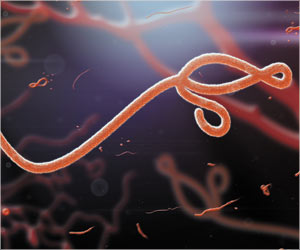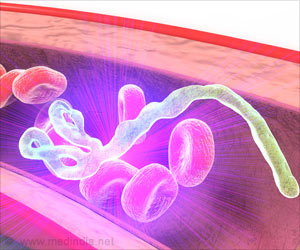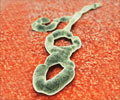
"This point-of-care genomic technology will be particularly attractive in the developing world, where critical resources, including reliable electric power, laboratory space, and computational server capacity, are often severely limited," said lead researcher Charles Chiu, associate professor of laboratory medicine at University of California, San Francisco, US.
The team detected the genetic fingerprints of Ebola in stored blood samples from two African patients who had acute hemorrhagic fever, completing the diagnosis within five hours of opening the samples--the DNA sequencing itself took just 10 minutes, the study said.
Most commercially available or research-based genetic diagnostic tests target specific pathogens.
But the researchers have pioneered techniques that do not require suspected pathogens to be identified beforehand in order to detect their unique genetic fingerprints.
This unbiased approach of analysing all DNA in a clinical sample without knowing which species are present, which was used in the Ebola detection, is called "metagenomic" analysis.
Advertisement
In the same set of experiments, the researchers were able to detect Chikungunya virus, from a Puerto Rican outbreak, just as quickly in a blood sample from a donor with no symptoms, but who eventually reported having fever and joint pains.
Advertisement
The findings were published online in the journal Genome Medicine.
Source-IANS














